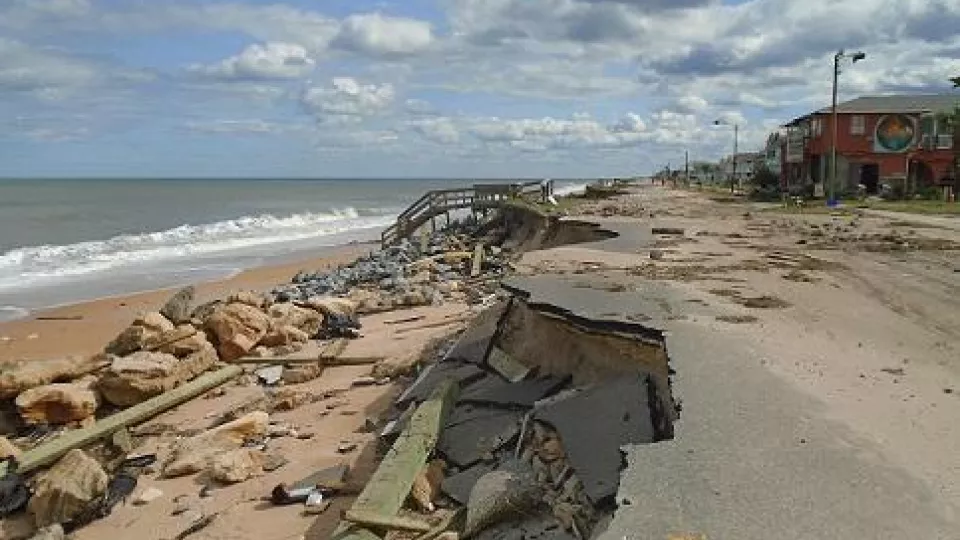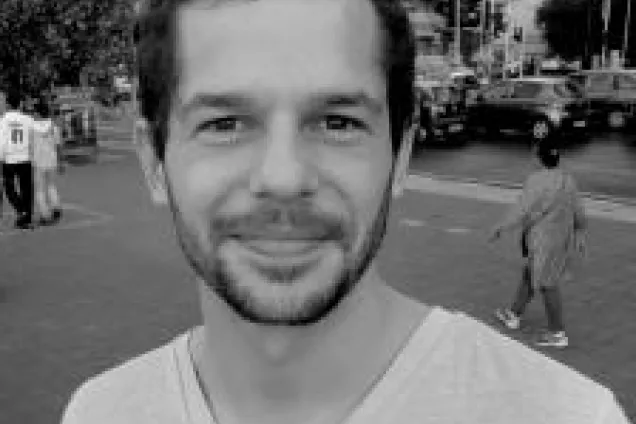Could you explain how one can frame Loss & Damage (L&D) in terms of a failure of sustainable development?
Sustainable Development, as presented in the well-known Brundltand Report, relates to the strategy used to try and balance the antagonistic priorities of economic growth and environmental conservation. Climate change occurs when society, at the global level, fails to balance these priorities, leading to disruption in the Earth's climate system. L&D occurs at the end of a series of failures or inabilities to adequately address climate change, first through inadequate mitigation, then exceeding the limits of local adaptation. In this way, L&D from climate change is the end result of a failure or inability to maintain a Sustainable Development.
Why is this framework useful - and for whom?
The framing is useful for both scientists researching L&D, as well as practitioners hoping to avoid, minimize or address L&D. It is useful because it situates L&D within the broader strategy of development which clarifies "what should be sustained" when trying to identify, measure and ultimately address L&D in different contexts. As a result, the Sustainable Development theory one adopts will dictate 1) what counts as L&D, 2) what metrics are appropriate for measuring/accounting for L&D and 3) what governance mechanisms are best fit to deal with either potential or actual L&D. This also implies that, when researchers or practitioners adopt certain concepts, metrics and policies related to L&D, they are also, perhaps unwittingly, adopting a certain conceptualization of Sustainable Development, including what should be prioritized when attempting to avoid, minimize or address L&D.
For policy makers at the international, national and local level, this framing helps provide a fully comprehensive, integrative and consistent approach to L&D governance. Consistency in identifying, measuring and addressing L&D is essential if practitioners are to be able to learn what works best over time, and to share best practices with other practitioners at the same and different levels of governance.
Furthermore, consistency in reporting L&D will be necessary for developing a comprehensive database of climate impacts around the world, as required by the Paris Agreement Global Stocktake. Before our suggestion to frame L&D in terms of Sustainable Development, it was widely acknowledged that the L&D field suffered from serious inconsistencies that made it difficult, even impossible, to formulate actionable plans for avoiding, minimizing or addressing L&D.
What do you think is the most important aspect to highlight to progress the academic and practical work of L&D?
The most important thing to highlight is that the Sustainable Development theory that one adheres to will automatically dictate what concepts, metrics and policies are relevant to L&D. For example, a Capital Theory approach to Sustainable Development prioritises a society's productive stocks of capital, and as such this is where researchers would focus their attention when studying the potential for or impacts of L&D in different geographic locations. Alternatively, the Human Development approach prioritizes the capabilities that individuals in a society have to live lives they have reason to value, which leads to an entirely different set of concerns to that of Capital Theory.
Neither of these approaches is necessarily inherently "correct" - rather, they are both consistent options available to researchers, each with their own advantages and limitations. The important thing is to be transparent about which Sustainable Development theory one is adopting, and eventually to compare and contrast these alternatives to try and identify scientific best practice.
How does this research relate to current work on non-economic loss and damage?
The upshot for vulnerability and "non-economic" L&D is significant. Different theories of Sustainable Development would lead to different appraisals of what counts as "vulnerable", as well as how to handle so-called "non-economic" L&D. For example, Capital Theory approach to Sustainable Development would be concerned with vulnerable stocks of productive capital, and would require that all "non-economic" L&D be converted into monetary terms to make them commensurate with other forms of economic capital. The Human Development approach, in contrast, would be concerned with specific groups of vulnerable people, the substantive opportunities they have to lead valued lives, and how climate impacts might affect these capabilities. This approach does not require converting "non-economic" L&D into economic terms, but to understand these kinds of L&D in terms of their qualitatively diverse contributions to individual well-being.


